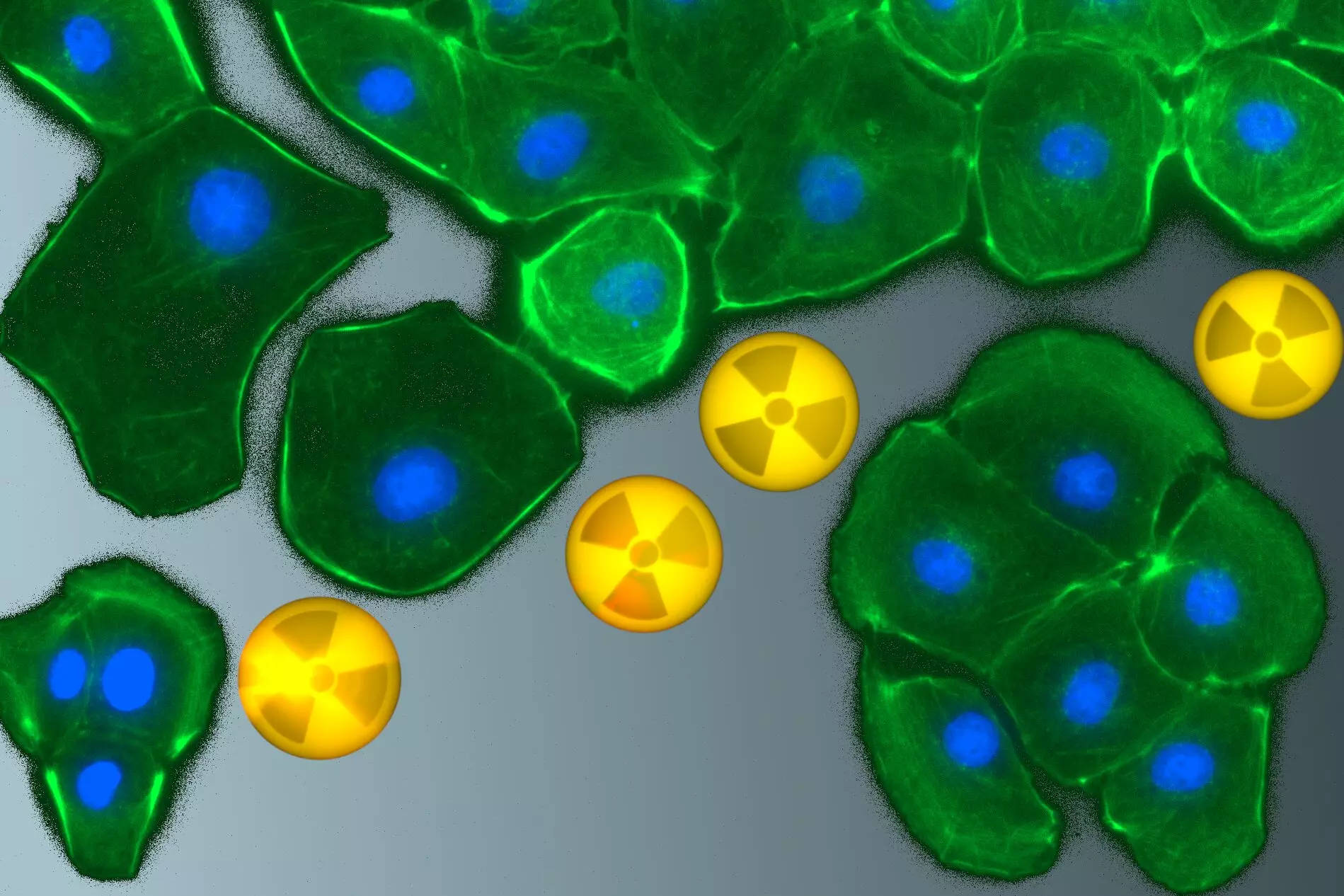Radionuclides, though often overlooked, can veritably transform into silent killers when they invade our bodies. They enter through various pathways—be it inhaled air, contaminated food, or even through wounds—leading to potential health hazards that can linger long undetected. Historically, most research has centered on animal models, leaving a significant gap in understanding how radionuclides affect human cells at both the cellular and molecular level. Among the various organs, the kidneys have emerged as pivotal players in the detoxification process of toxic heavy metals and radionuclides due to their central role in urinary excretion.
Understanding the interaction between radionuclides and kidney cells is crucial, particularly given the rise in problems associated with radioactive exposure. Despite a plethora of studies on the accumulation and excretion processes in living organisms, how different chemical forms of heavy metals affect renal cell viability, cellular mechanisms, and overall toxicity remains murky. The research led by the Helmholtz-Zentrum Dresden-Rossendorf (HZDR) and TU Dresden offers a deeper look at these interactions, which has significant implications for public health and safety protocols.
Contextualizing the Environmental Impact
Numerous factors contribute to the release of radionuclides into the environment. The natural occurrence of radioactive metals within the Earth’s crust is exacerbated by geological processes like weathering and erosion, which disperse these elements across water, soil, and air. However, human activities have technologically amplified this concern. Over the last six decades, the escalating industrial, medical, and research applications of radionuclides have introduced a novel dimension to their proliferation. Incidents in nuclear power facilities, leaks in storage systems, and even the utilization of radionuclides in cancer therapies further contribute to their environmental impact.
This dual threat—naturally occurring radioactive elements exacerbated by human activities—presents a grave challenge. Acutely and chronically, exposure to such toxins can lead to detrimental radio- and chemotoxic effects affecting both humans and animals alike. As they infiltrate the bloodstream, the kidneys assume the critical task of filtering these deleterious substances. This focus on renal interactions highlights a vital area of study that can inform therapeutic strategies and toxicity management.
Experimental Strategies and Findings
In their ambitious study, researchers meticulously analyzed how various heavy metals—namely barium(II), europium(III), and uranium(VI)—interact with renal cells. Conducted under controlled laboratory conditions at the Central Radionuclide Laboratory, this investigation allowed scientists to dissect the nuances of cell viability and the specific mechanisms of cell death induced by heavy metal exposure.
The choice of metals reflects both their safety and their relevance to ongoing environmental concerns. Barium(II), a harmless analog, serves as a stand-in for naturally occurring radium(II), offering a unique lens through which to study radioactive interactions. Similarly, europium(III), renowned for its luminescent properties, offers a paradigm for understanding the behavior of elements like americium(III) and curium(III)—all of which pose significant risks in potentially radioactive exposure scenarios. Most critically, uranium(VI) poses a formidable challenge in radioecology, particularly in regions like Saxony, which bear the scars of historical uranium mining.
By employing advanced techniques such as luminescence spectroscopy and chemical microscopy, researchers visualized how heavy metal ions interacted with cellular components. The findings revealed that when cells are exposed to these metals, they do not merely dwell within but undergo profound morphological changes. Observed phenomena, such as cellular swelling, membrane fragmentation, or cell detachment, highlight the tangible impact of radionuclides on renal physiology, presenting a stark depiction of toxicity at the cellular level.
Unraveling Complex Cellular Interactions
The essence of this research lies in its commitment to unravel the complex behaviors of heavy metal ions. Through sophisticated methodologies, scientists have begun mapping the chemical bonding forms of these metals within body cells. Under experimental conditions, the physiological changes induced upon exposure provide critical insight into the cellular responses triggered by the presence of these toxins.
Understanding the specific interactions between heavy metals and kidney cells is not just an academic exercise; it intimately ties into radiation protection protocols and future public health policies. As we strive to address environmental contamination and its complexities, this knowledge can guide the development of effective decorporation agents—entities that can chelate and eliminate heavy metals from the body.
The potential ramifications of such findings underscore the necessity of further inquiry into the cellular intricacies of radionuclides. As our understanding deepens, we pave the way for enhanced safety standards and better therapeutic interventions for those exposed to heavy metals and radionuclides, thereby safeguarding human health in an era marked increasingly by industrial advances and environmental challenges.


Leave a Reply